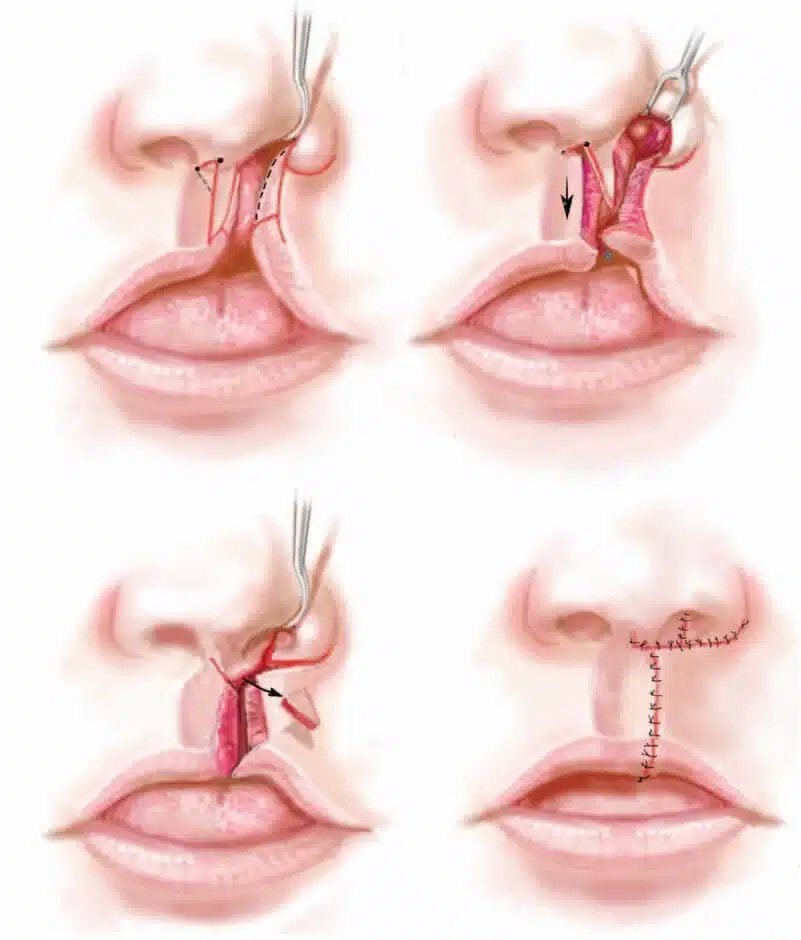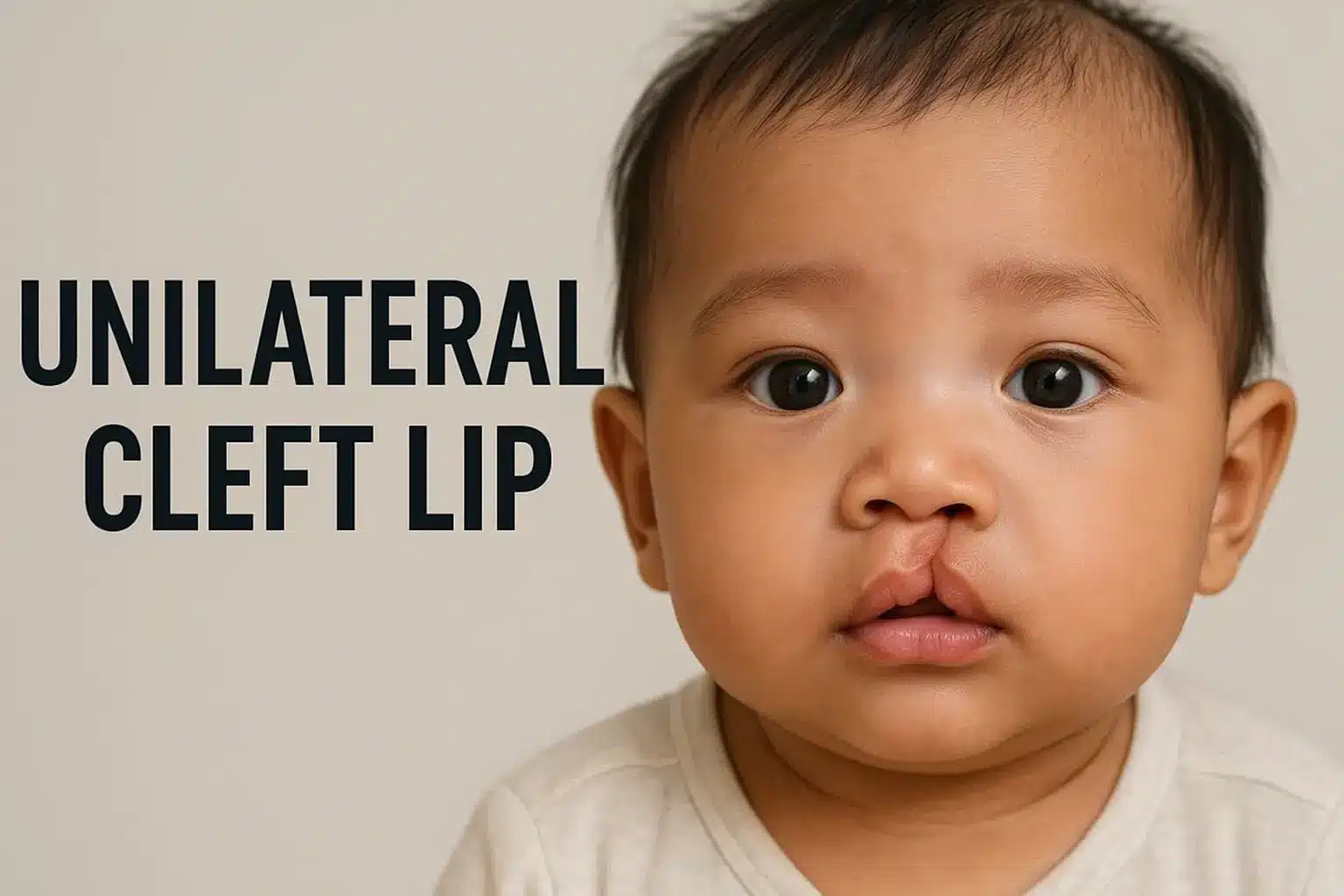Unilateral cleft lip:
In cleft lip, the baby’s lip does not join properly and leaves an open space called a cleft. This condition can happen on both sides of the face (bilateral) or on one side (unilateral). The exact cause of this congenital condition remains unknown; however, it is considered that genetic factors are responsible for a small number of cases.

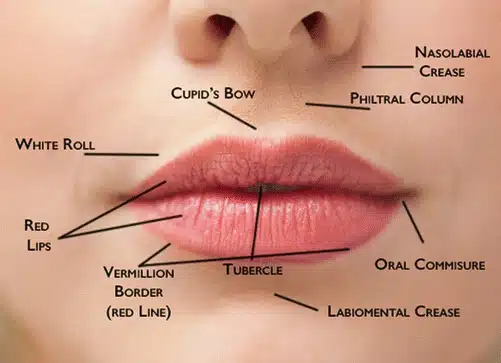
Different types of cleft lip
Unilateral cleft lip affects more commonly Asians and Americans. One out of 690 born children is affected by this facial defect. The various types include:
Microform
The discontinuity of the vermilion cutaneous junction is less than 3 mm. other characteristics may include:
- variable muscular indent along the philtral line
- Subtle nasal asymmetry
- Variable deficiency of vermilion medial to cleft
- Variable alveolar defect
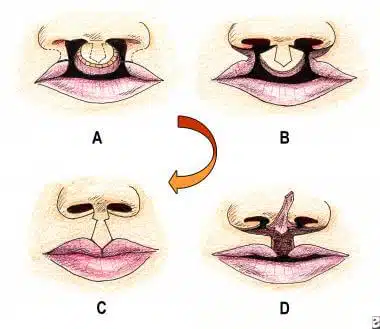
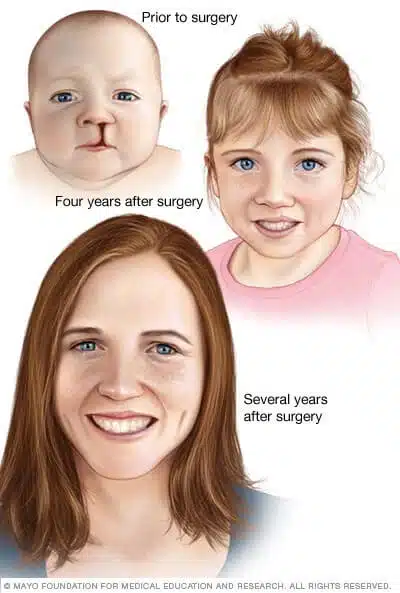
Minor form
The subnasal difference to Cupid’s bow peak distance between sides is more than 3 mm. Other characteristics may include:
- The orbicularis oris is interrupted
- The philtral line depression is prominent
- The nasal asymmetry is more
- Posteroinferior is dislocated of the piriform aperture (in cleft lip side)
- Alveolar cleft
Incomplete
Full-thickness disjunction of the upper lip occurs. In this type of unilateral cleft lip the upper lip, nasal sill, and floor are continuous though depressed.
Complete
The full-thickness disjunction of the lip extends into the nasal cavity and the alveolus is discontinued.
Cleft lip repair surgery
Cleft repair operation involves fusing the tissues that are separated. There are several different techniques performed by the surgeon, therefore the surgical procedures may also vary. The most prevalent type of this surgery is a rotation advancement repair.

